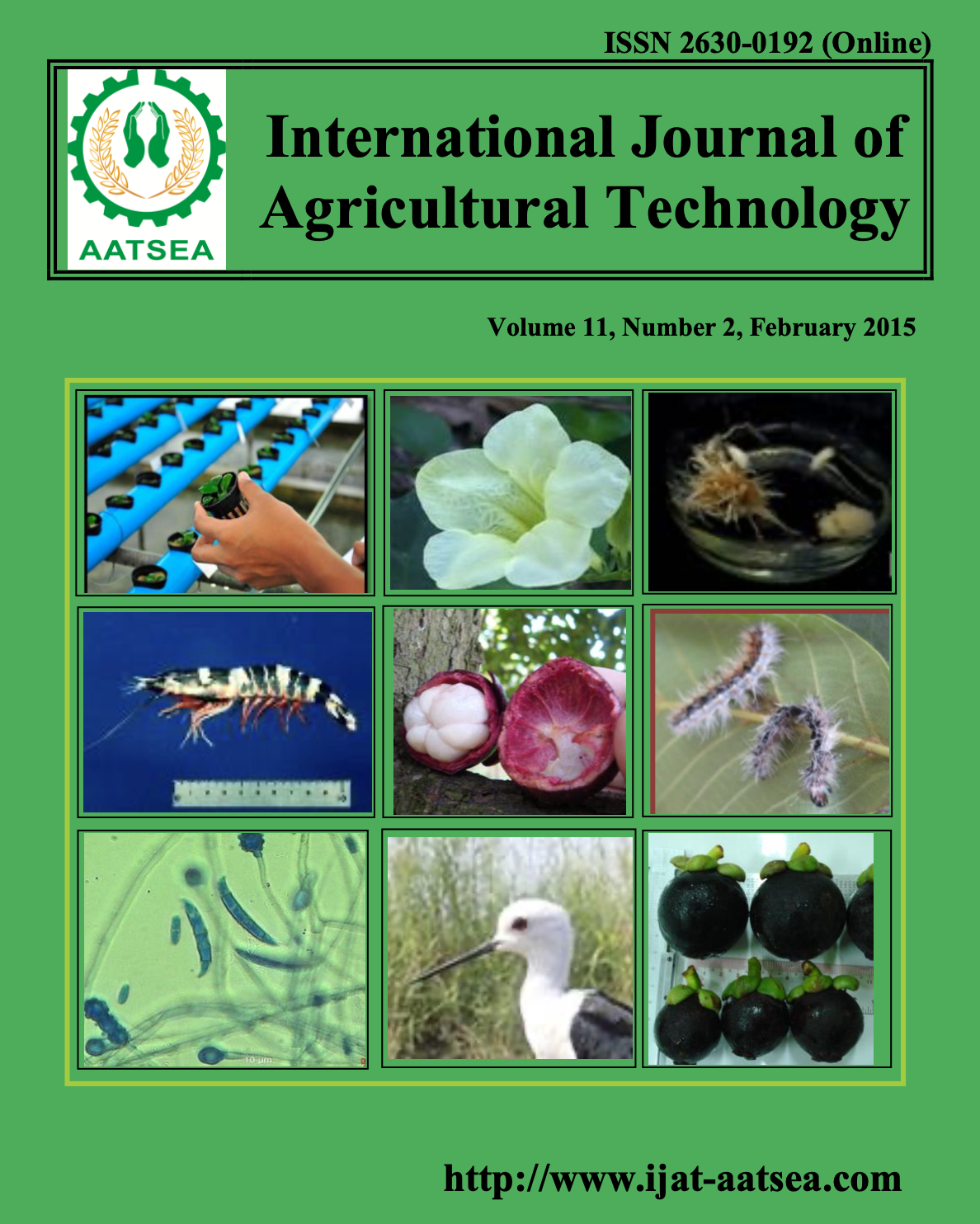Tropical fruit wine processing: An approach to nurturing the entrepreneurial culture among students
Main Article Content
Abstract
Article Details

This work is licensed under a Creative Commons Attribution-NonCommercial-NoDerivatives 4.0 International License.
References
Aidoo, P. A. (2011). Effect of Brewer’s Yeast (Saccharomyces cerevisisae var. ellipsoideus, Baker’s Yeast (Saccharomyces cerevisisae) and dual culture (Saccharomyces cerevisisae var. ellipsoideus and Saccharomyces cerevisisae) on the fermentation of pineapple juice into wine. (Master’s Thesis). Kwame Nkrumah University of Science and Technology.
Awogbenle, C. A. and Iwuamadi, C. K. (2010). Youth unemployment: Entrepreneurship development program as an intervention mechanism. African Journal of Business Management 4:831-835.
Ndip, R. N. (2001). Characterization of yeast strains for wine production: effect of fermentation variables on quality of wine produced. Appl Biochem Biotechnol 95:209-20.
Sanchez, P. C. (2014). The Prospects of Fruit Wine Production in the Philippines. Department of Food Science, University of the Philippines at Los Banos, Laguna, Philippines. Retrieved from http://www.bar.gov.ph/chronicle-home/archives-list/102-july-2010-issue/397-bignay-pinoy-posh-red-wine.


